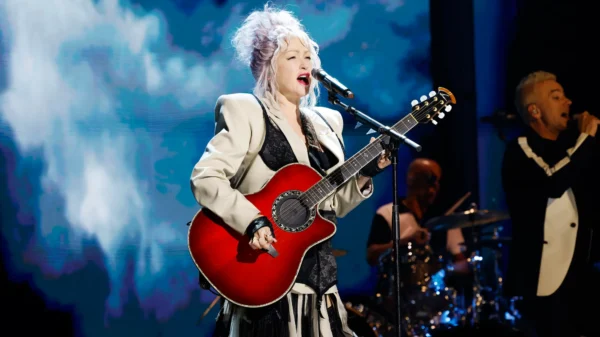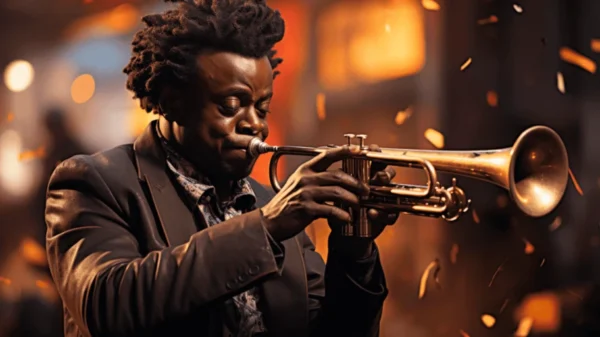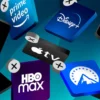Monetizing Live Streaming: Expanding Revenue Streams for Artists
The growth of live streaming has revolutionized the music industry, providing artists with new ways to connect with audiences and generate income. With the rise of virtual concerts, musicians are exploring a variety of monetization strategies, including ticket sales, donations, and sponsorships. This approach has opened up opportunities for artists to reach global audiences, breaking down traditional geographical constraints and making performances accessible to fans everywhere.
The Rise of Virtual Concerts
Virtual concerts have gained prominence in recent years, particularly following the shift toward online interactions during the COVID-19 pandemic. Artists discovered that live streaming offered a powerful platform to perform and engage with fans from the comfort of their homes.These digital shows proved not only to be a temporary solution but a new way to perform and monetize music long-term. With high-quality streaming technology now widely available, artists can create immersive concert experiences that rival traditional live shows.
Ticket Sales: A Direct Monetization Strategy
One of the most straightforward methods for monetizing live streaming is through ticket sales. Artists can host exclusive virtual concerts and sell tickets directly to fans, replicating the revenue model of in-person events.This approach allows musicians to set different pricing tiers, such as general admission and VIP packages that include perks like behind-the-scenes content or meet-and-greet sessions. Ticketed live streams provide fans with a sense of exclusivity while giving artists a dependable income source.
Donations and Tips from Fans
In addition to ticket sales, many artists are leveraging the support of their audiences through donations and tips. Platforms like YouTube, Twitch, and Instagram have integrated tipping features that enable fans to contribute during live streams.This method provides an interactive way for audiences to show their appreciation, and for artists, it serves as a supplemental income stream that can be surprisingly lucrative. The direct interaction between performers and fans creates a more personal connection, fostering community support and loyalty.
Sponsorships and Brand Collaborations
Sponsorships offer another lucrative avenue for monetizing live streaming. Brands eager to reach new audiences often partner with artists for virtual events, providing financial support in exchange for promotion during the live stream.This can include brand shout-outs, product placements, or co-branded event themes. For musicians, sponsorships can greatly enhance the profitability of their live streaming efforts while allowing them to create high-quality productions without the financial burden.
Expanding Reach to Global Audiences
One of the most significant benefits of live streaming is its ability to reach audiences beyond local and regional limits. Artists can connect with fans around the world, expanding their following and building a global fanbase without the logistical challenges of international touring. This opens up new markets and potential revenue streams that were previously inaccessible, making live streaming an attractive addition to an artist’s repertoire.
Creating Unique and Interactive Experiences
To stand out in the crowded live streaming space, artists are finding innovative ways to make their performances unique and interactive. Some musicians are incorporating real-time fan requests, Q&A sessions, and interactive polls to engage viewers.
This kind of participatory element enhances the overall experience for fans, making them feel more involved and likely to return for future live events. Such interactions also encourage fans to share the event on social media, broadening the artist’s reach and potential fanbase.
Challenges and Considerations
Despite the numerous advantages, monetizing live streaming does come with challenges. For instance, artists must ensure high-quality audio and video production to meet the expectations of paying audiences.
Technical difficulties or poor streaming quality can result in negative experiences that affect an artist’s reputation. Additionally, artists need to navigate the learning curve associated with managing live streaming platforms and promoting their events effectively to maximize attendance and income.
The Future of Live Streaming in Music
As technology continues to evolve, the future of live streaming in music looks promising. Innovations such as virtual reality (VR) concerts and enhanced interactive features are likely to make online performances even more immersive and engaging.
Artists who embrace these advancements will be able to offer more diverse and compelling content, further expanding their reach and monetization potential. The integration of new payment models, such as blockchain-based micropayments, could also enhance the way artists receive compensation for their work.
In conclusion, monetizing live streaming offers musicians a versatile way to generate income and build a stronger connection with their audiences. By leveraging ticket sales, donations, sponsorships, and interactive elements, artists can create compelling virtual concerts that attract fans from around the world. As this trend continues to grow, musicians who adapt and innovate will find new opportunities to thrive in an increasingly digital music landscape.
Viola Rowland, an accomplished author at Bee Bumble Entertainment Magazine, blends her love for entertainment with her gift for storytelling. With a knack for capturing the essence of pop culture phenomena, Viola's engaging articles provide readers with fresh insights into the world of entertainment, making her a standout contributor to the magazine.


































